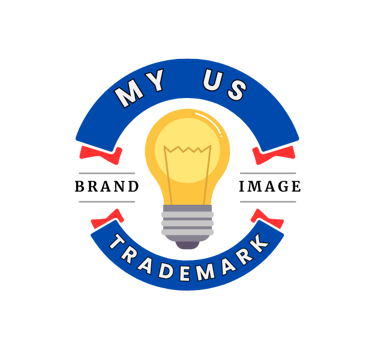Trademark Registration FAQs
What is a trademark?
Trademark and service marks are words, designs, or expressions (and combinations thereof) that are used by their owners to identify the owner’s goods and/or services, and to distinguish them from the goods and services of others. An owner’s trademark rights are established from the continuous use of the mark in connection with the sale of goods or provision of services in interstate commerce. Trademark applicants whose marks are not currently in use can file an Intent to Use application and demonstrate that the mark has been placed in use in interstate commerce within a stated time after filing.
What are the benefits of registering my trademark?
While common law trademark rights are established through the use of a mark, registration is available at the federal and state levels to supplement and strengthen those rights. Federal trademark registration serves as notice to consumers and producers alike of the exclusive ownership and right to use a given mark in a specific international class.
Who is eligible to apply for a federal trademark?
A federal trademark application can be filed by or on behalf of a domestic or international mark owner who is using or will use their mark in interstate commerce within the United States. An applicant must also be able to verify that, to their knowledge, their mark is distinguishable from existing trademarks, whether an existing mark be identical, or confusingly similar.
When can a federal trademark be filed?
Federal trademarks can be filed before or after a mark’s use, based either on the bona fide intention to use the mark in interstate commerce, or on a mark owner’s current use of a mark in interstate commerce. When an applicant files on the basis of their intended future use of a mark in interstate commerce, the applicant is required to provide a specimen demonstrating such use before the mark can be registered. If the applicant successfully shows that the mark is being used as stated in the application, the submission date for the intent-to-use application is deemed the effective date of registration.
Where should I register my trademark?
Most trademark owners opt for a federal registration by filing with the United States Patent and Trademark Office (the "USPTO"), which provides a registrant a presumption of validity of registration and ownership of the mark, throughout all 50 states. However, if an owner only intends to operate their business within a particular state, and do not plan on engaging in interstate commerce, a state registration may afford a registrant a similar constructive notice of ownership, within the state of registration only.
What is an international class?
The USPTO characterizes 45 categories of goods and services for a trademark. The list below shows what each class includes on a general basis. You can enter a description of your goods or services in the USPTO ID Manual search function to obtain a more detailed information on the class (or classes) that may cover your goods and services.
Goods
Class 1 – Chemicals
Class 2 – Paints
Class 3 – Cosmetics and cleaning preparations
Class 4 – Lubricants and fuels
Class 5 – Pharmaceuticals
Class 6 – Metal goods
Class 7 – Machinery
Class 8 – Hand tools
Class 9 – Electrical and scientific apparatus
Class 10 – Medical apparatus
Class 11 – Environmental control apparatus
Class 12 – Vehicles
Class 13 – Firearms
Class 14 – Jewelry
Class 15 – Musical instruments
Class 16 – Paper goods and printed matter
Class 17 – Rubber goods
Class 18 – Leather goods
Class 19 – Non-metallic building materials
Class 20 – Furniture and articles not otherwise classified
Class 21 – Housewares and glass
Class 22 – Cordage and fibers
Class 23 – Yarns and threads
Class 24 – Fabrics
Class 25 – Clothing
Class 26 – Fancy goods
Class 27 – Floor coverings
Class 28 – Toys and sporting goods
Class 29 – Meats and processed foods
Class 30 – Staple foods
Class 31 – Natural agricultural products
Class 32 – Light beverages
Class 33 – Wines and spirits
Class 34 – Smokers’ articles
Services
Class 35 – Advertising and business
Class 36 – Insurance and financial
Class 37 – Building construction and repair
Class 38 – Telecommunications
Class 39 – Transportation and storage
Class 40 – Treatment of materials
Class 41 – Education and entertainment
Class 42 – Computer and scientific
Class 43 – Hotels and restaurants
Class 44 – Medical, beauty and agricultural
Class 45 – Personal and legal
My US Trademark PC
1301 Shiloh Road NW
Suite 630
Kennesaw, GA 30144
help@myustrademark.com
2025 My US Trademark PC | All Rights Reserved
This Website is for general information only and should not be relied on as formal legal advice. Legal counsel is provided by our affiliate, Harris & Long LLC. No attorney-client relationship is established until you have entered into an Engagement Agreement with Harris & Long LLC by placing an order, and Harris & Long LLC conducts a conflicts check and accepts such order.


